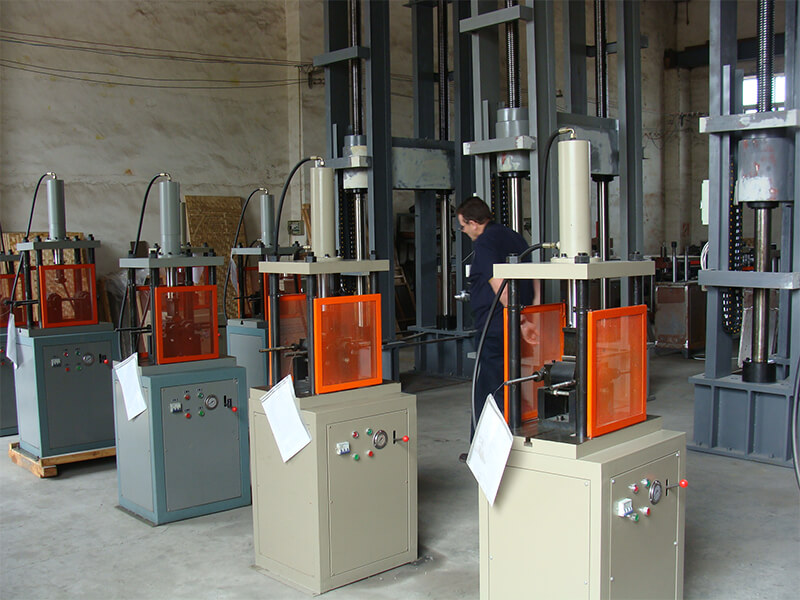- Afrikaans
- Albanian
- Amharic
- Arabic
- Armenian
- Azerbaijani
- Basque
- Belarusian
- Bengali
- Bosnian
- Bulgarian
- Catalan
- Cebuano
- China
- China (Taiwan)
- Corsican
- Croatian
- Czech
- Danish
- Dutch
- English
- Esperanto
- Estonian
- Finnish
- French
- Frisian
- Galician
- Georgian
- German
- Greek
- Gujarati
- Haitian Creole
- hausa
- hawaiian
- Hebrew
- Hindi
- Miao
- Hungarian
- Icelandic
- igbo
- Indonesian
- irish
- Italian
- Japanese
- Javanese
- Kannada
- kazakh
- Khmer
- Rwandese
- Korean
- Kurdish
- Kyrgyz
- Lao
- Latin
- Latvian
- Lithuanian
- Luxembourgish
- Macedonian
- Malgashi
- Malay
- Malayalam
- Maltese
- Maori
- Marathi
- Mongolian
- Myanmar
- Nepali
- Norwegian
- Norwegian
- Occitan
- Pashto
- Persian
- Polish
- Portuguese
- Punjabi
- Romanian
- Russian
- Samoan
- Scottish Gaelic
- Serbian
- Sesotho
- Shona
- Sindhi
- Sinhala
- Slovak
- Slovenian
- Somali
- Spanish
- Sundanese
- Swahili
- Swedish
- Tagalog
- Tajik
- Tamil
- Tatar
- Telugu
- Thai
- Turkish
- Turkmen
- Ukrainian
- Urdu
- Uighur
- Uzbek
- Vietnamese
- Welsh
- Bantu
- Yiddish
- Yoruba
- Zulu
Aug . 10, 2024 08:30 Back to list
Exploring the Efficiency and Design of Chillers and Heat Exchangers in Modern HVAC Systems
Understanding Chiller and Exchanger Systems
In various industrial and commercial applications, maintaining optimal temperature control is crucial for efficiency and safety. One of the most effective methods for temperature regulation is through the use of chillers and heat exchangers. These systems play a vital role in air conditioning, refrigeration, and industrial cooling processes, ensuring that operations run smoothly and materials are preserved under ideal conditions.
What is a Chiller?
A chiller is a mechanical device that removes heat from a liquid via a vapor-compression or absorption refrigeration cycle. The chilled liquid can then be circulated through heat exchangers to cool down air or other fluids. Chillers come in several types, including air-cooled, water-cooled, and centrifugal, each catering to different operational needs and settings.
Air-cooled chillers are typically used in smaller systems where the climate allows for efficient heat dissipation without the need for water. In contrast, water-cooled chillers are often utilized in larger facilities where their efficiency can significantly reduce operational costs over time. Centrifugal chillers, which use centrifugal force to compress refrigerant and achieve rapid cooling, are commonly found in large commercial buildings and manufacturing plants.
The Role of Heat Exchangers
Heat exchangers are devices that transfer heat between two or more fluids at different temperatures without mixing them. In the context of chiller systems, heat exchangers are essential for transferring heat absorbed by the chilled liquid to another medium, such as air or water used in a cooling system.
There are several types of heat exchangers, including shell and tube, plate, and air-cooled models. Each type serves specific functions and is chosen based on factors like coolant type, flow rate, and space availability. Shell and tube heat exchangers are often used in large industrial processes due to their ability to handle high pressure and temperatures. Plate heat exchangers, on the other hand, are favored for their compact design and high thermal efficiency, making them suitable for smaller systems where space is at a premium.
chiller exchanger

Efficiency and Sustainability
The efficiency of chiller and heat exchanger systems has become increasingly important in the discussions surrounding sustainability and energy conservation. By optimizing these systems, businesses can significantly reduce their energy consumption and operating costs. Advances in technology, such as variable-speed drives and improved refrigerants, have further enhanced the performance of chillers and heat exchangers.
Furthermore, the integration of chillers with building management systems (BMS) allows for more precise control over temperature settings and energy use. By monitoring and adjusting the cooling load based on real-time data, companies can minimize energy waste and operate their facilities more sustainably.
Applications in Various Industries
Chillers and heat exchangers are utilized in a wide range of industries, including food processing, pharmaceuticals, HVAC (heating, ventilation, and air conditioning), and power generation. In the food industry, for example, cooling is critical during production and storage to preserve quality and safety. In pharmaceuticals, stringent temperature controls are necessary to maintain the efficacy of temperature-sensitive products.
In power plants, heat exchangers play a crucial role in transferring heat generated during the electricity production process, while chillers are often employed for cooling turbines and other equipment to maximize efficiency.
Conclusion
Chiller and heat exchanger systems are fundamental components in modern cooling processes. Their ability to efficiently manage temperature across various applications makes them indispensable in many industries. As technology continues to evolve, these systems will likely become even more efficient and environmentally friendly, paving the way for a sustainable future. By understanding and optimizing these systems, businesses can ensure they remain competitive while also contributing to global energy conservation efforts.
-
Premium Cast Iron Water Main Pipe: Durable, Corrosion-Resistant
NewsAug.03,2025
-
Durable Cast Iron Water Mains | AI-Optimized Systems
NewsAug.02,2025
-
High-Efficiency Propane Boiler for Baseboard Heat | Save Energy
NewsAug.01,2025
-
Premium Source Suppliers for Various Gray Iron Castings
NewsJul.31,2025
-
Durable Cast Iron Water Main Pipes | Long-Lasting
NewsJul.31,2025
-
High-Quality Cast Iron Water Main Pipe for Durable Infrastructure
NewsJul.30,2025


